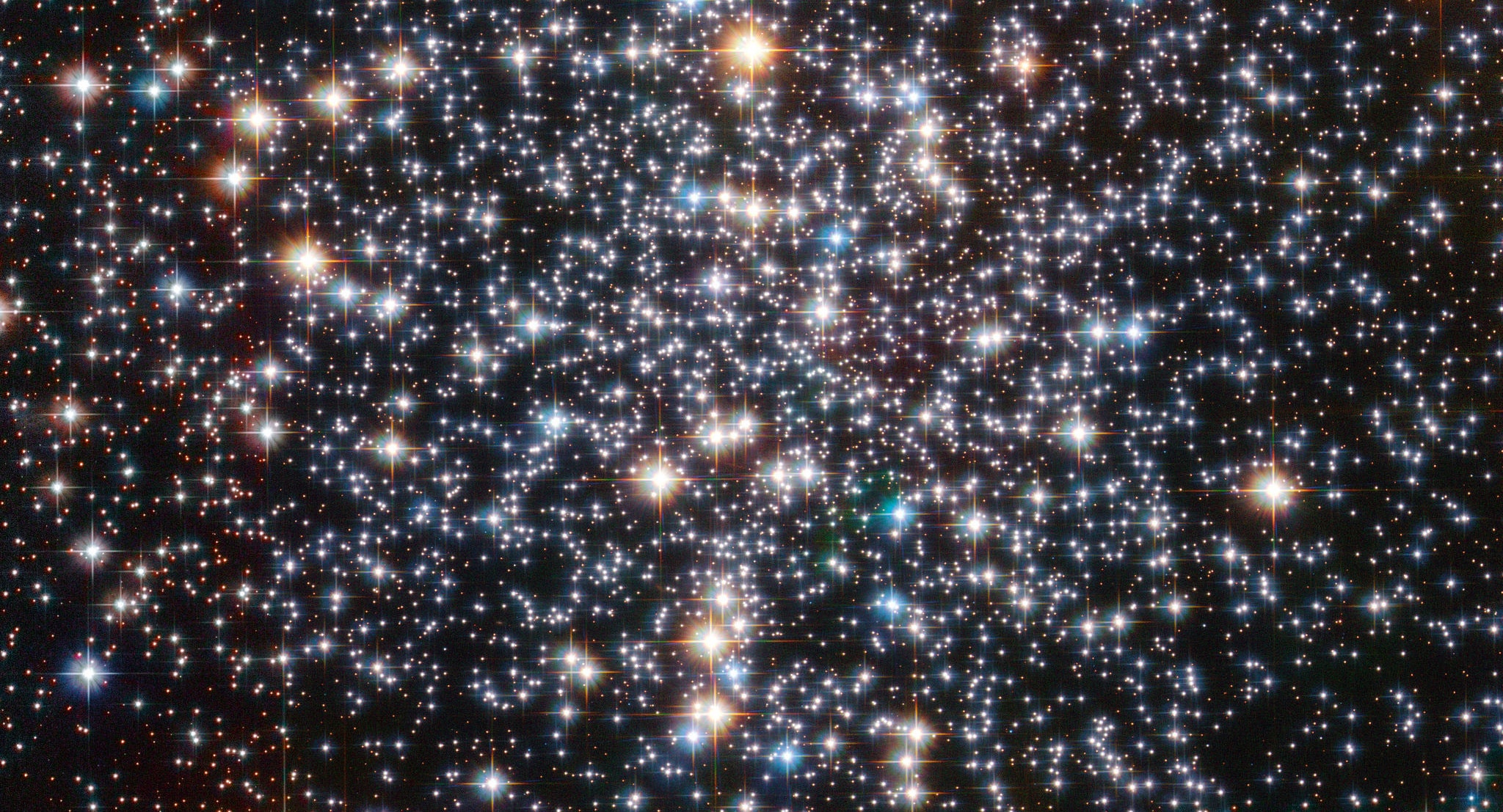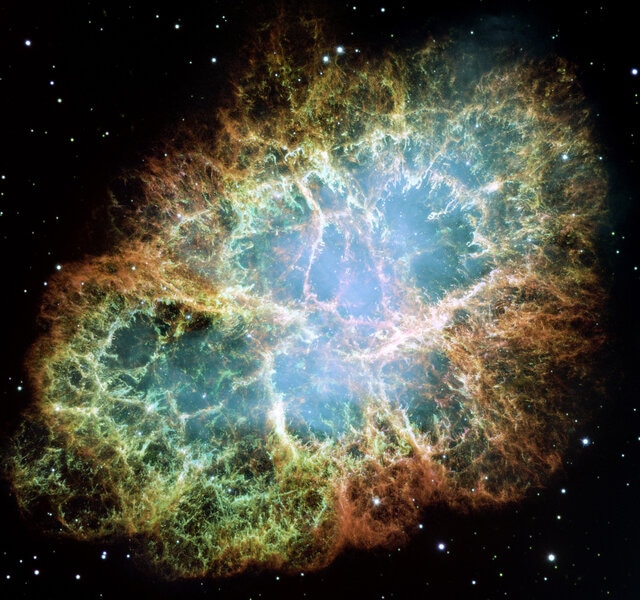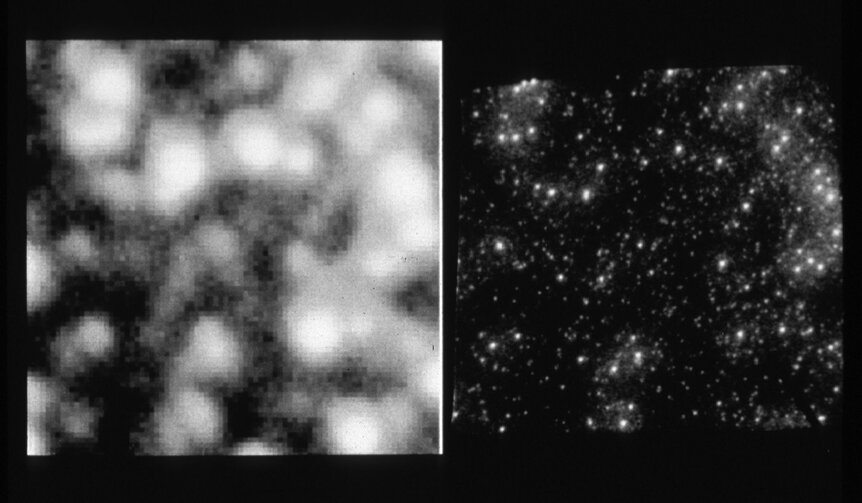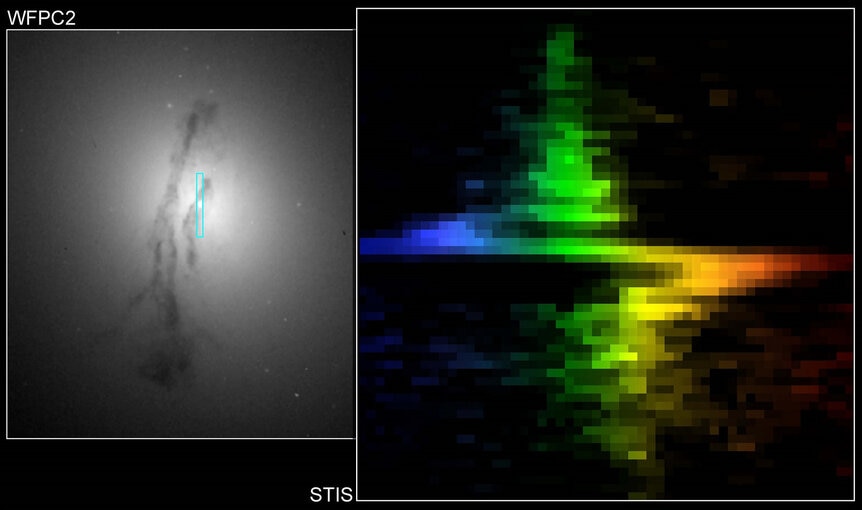Create a free profile to get unlimited access to exclusive videos, sweepstakes, and more!
Hubble gets Messier

It's getting on to late March and the Moon is new, so you know what that means: Time for the Messier Marathon!
OK, so you probably don't know what that means. Here's what: Over the next few nights, amateur astronomers all over the Northern Hemisphere will be unpacking their 'scopes and setting them up right at sunset, then as soon as the first stars pop out they'll be at their eyepieces hoping to score all 110 Messier objects in a single night.
So what's a Messier object?
It's not something less clean than another object. It's actually a collection of some of the brightest and more beautiful sights in the night sky, including nebulae, galaxies, and star clusters. Charles Messier (pronounced, more or less, "sharlz mess eeyay") was a French astronomer in the 18th century who hunted for comets, which look like little fuzzballs in the sky that move as they orbit the Sun. Every now and again he would find something that looked like a little fuzzball but didn't move night after night. So he created a catalog of these objects as, essentially, things to avoid.
And now, centuries later, the Messier Catalog is celebrated as the best list of amazing things to actually go out and look at. Irony can be pretty ironic sometimes. They're among the brightest and easiest to see of all the sky's cosmic denizens.
Because they're spread out semi-randomly (some galaxies cluster together, for example, while other spots in the sky have few or no objects), it turns out mid-to-late March is the best time to look. The Moon was new last weekend, so folks are out this week combing the skies to bag all 110 of them.
Now, if you don't have a telescope, or good weather, or you live too far south (Messier lived in France, so the objects have a strong boreal bias), or you don't fancy the thought of braving March weather to see a bunch of little fuzzies… well then, Hubble gotchu*.
The Hubble Space Telescope has observed a lot of Messier objects over its 28-year (and counting) mission, so the folks at NASA have collected them all for your viewing pleasure. It's a jaw-dropping assortment of celestial baubles to delight your brain. The full collection with some extras is also available in high resolution on Flickr, and yeah, you want to poke around there.
A couple of things I want to note — and it could easily be an essay on each object, so I'm using a lot of self-restraint here.
The first object on Messier's list, called M 1 for some reason, is also called the Crab Nebula. At 6,500 or so light-years away, it's one of the closest, brightest, and best-studied supernova debris clouds in the sky. It may be one of the best-studied objects in the sky; it was once said that astronomy could be divided into two fields: the Crab and everything else. The Hubble images of it are phenomenal, and it exemplifies my rule of thumb: If I can see it through my own telescope, then a Hubble image of it will be glorious.
I'll note I've seen the Crab through binoculars, so yes, Hubble's view is ridiculous.
You'll see lots of star clusters in the Hubble Messier list, but they're almost all globular clusters, tightly bound roughly spherical collections of hundreds of thousands of stars all orbiting each other. You won't see but one or two open clusters, which are smaller and looser. In general that's because globulars are so packed with stars that you need Hubble's keen vision to separate them, which allows astronomers to study them better. You don't need Hubble for most open clusters, and so they're weirdly underrepresented in the catalog.
One image of a cluster, M 14, made me laugh. It looked a little funny to me in the thumbnail, and when I clicked it I involuntarily let out a "No way!": It was taken using the Faint Object Camera, a first-generation camera on the observatory that launched with it in 1990. I used FOC observations extensively for my Ph.D. research, and while it took amazing images, it was something of a difficult horse to ride. This was back before the optics on the telescope and subsequent cameras were fixed — Hubble launched with a misshaped mirror, a fact a lot of people seem to have forgotten — so the stars show a lot of faint haloes. It was a nightmare to deal with that, but time heals all wounds, etc., etc. Seeing the image of M 14 probably won't even give my flashback nightmares! I hope.
Another one that made me smile was the shot of the galaxy M 84. Hubble was in part built to provide the world's best observations of black holes, and the image was taken to look at that galaxy's central supermassive black hole. The polychromatic zigzag is a colorized spectrum taken of the material swirling around the hole, displaying the enormous Doppler shift (the blue and red shift) of the emitted light as gas moved in a circle at fantastic speeds. My boss at the time, Don Lindler, created this image using data from STIS, the camera we worked on, and I remember wondering how he did it. I looked at his code, and it was so compact and tightly scripted I couldn't quite wrap my head around the procedure. I was a decent coder, but he's a maestro.
I think I'll practice that aforementioned restraint now; I can feel the urge to dive into all these images rising. But I've written about many of these Hubble images before, like the Andromeda Galaxy (M 31), M 77, and more. You'll find no lack of awe infused in these portraits.
If you're curious about this year's marathon — or want to give it a go yourself — then hie thee to the SEDS Messier Marathon 2018 page and get cracking! Every night the Moon is brighter and up longer, so the clock's ticking!
As for me, I don't have the chops to do the marathon, but over the years I've seen quite a few of them, probably half or so. Maybe I'll see if I can add a few more to my own personal catalog. It's always nice to spend a night under the stars, especially knowing how many others have done so before me.
* Oh, just see this.





























